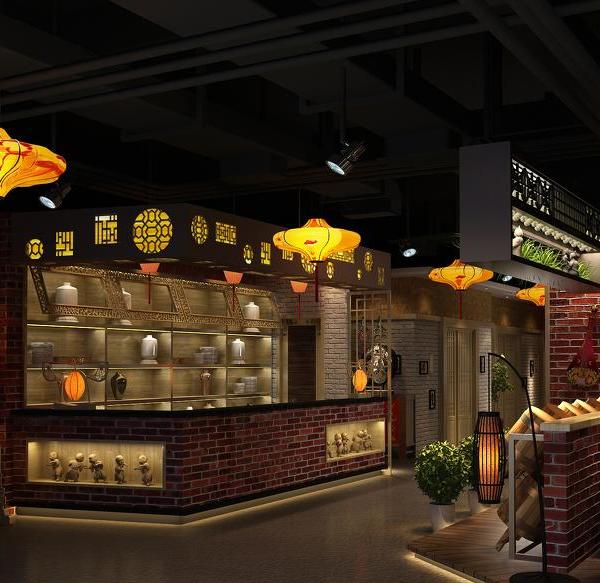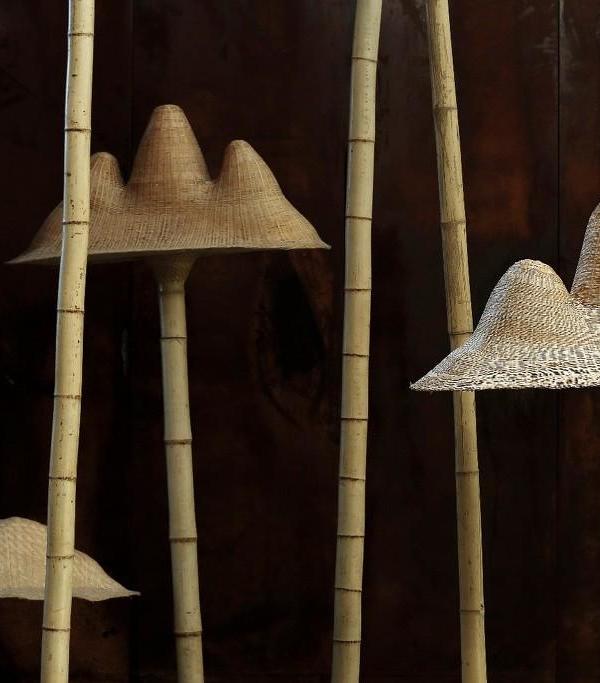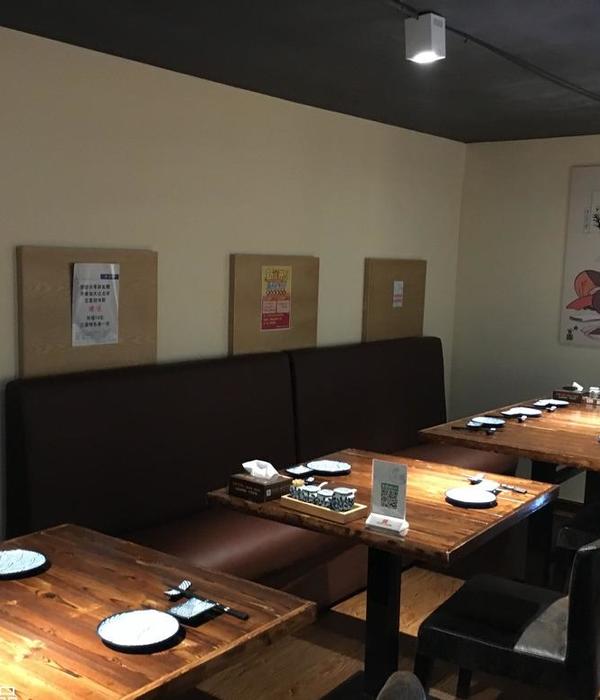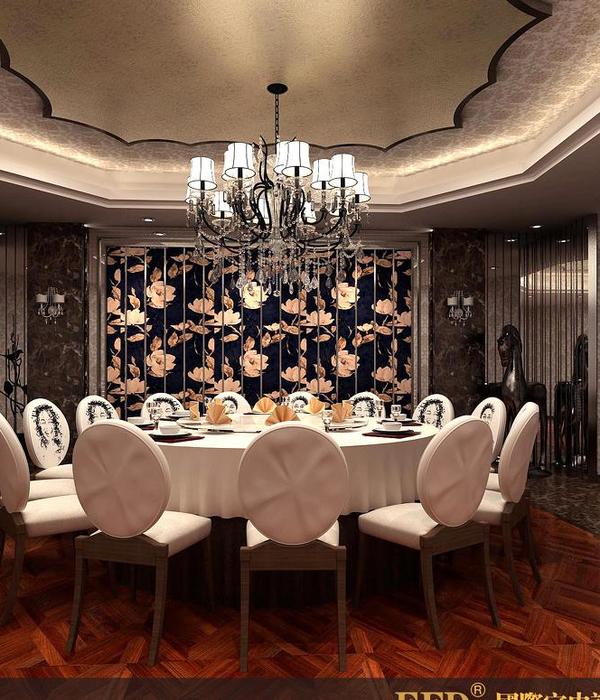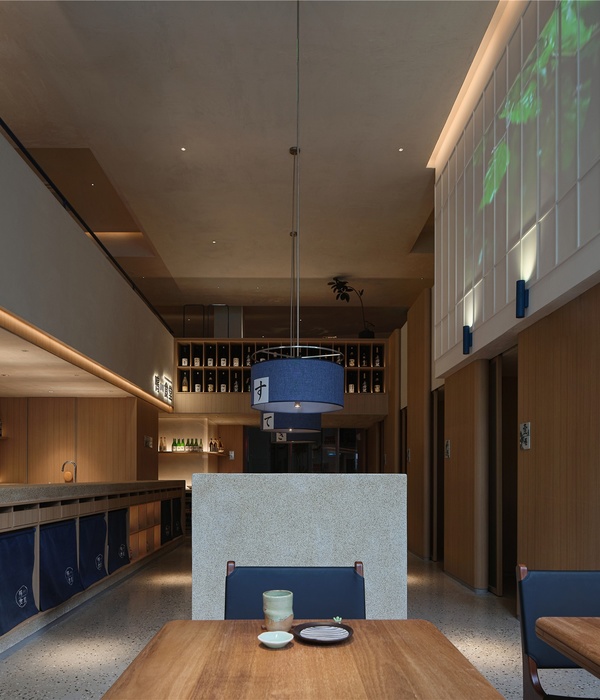保留传统元素并结合现代表现手法,我们希望该作品能更好的诠释品牌餐厅基于手工匠人精神情怀的品牌内涵。
地面光影强调了入口处的主动线并导向带有雕塑感的吧台与厨房。通道将空间分为左右两个用餐区。竹吊顶,竹柱等外建筑形态在内建筑中的使用,竹椅与组合性的岩板桌在呈现空间生命力与韧性的同时也强调了注重热闹的休闲感受。
一百多片的水泥板被赋予了蜀地文化的水墨调性;精致设计的旋转屏风由不同体块的材质装饰组成,创造出静态解构美学与随机动态光影表现的氛围空间。
锈板和水泥前台结合的雕塑造型,脱模的竹印背景板, 餐厅的核心汤锅与药材, 手工作坊中使用的药簸箕、秤砣及矩阵墙壁灯等,结合传统手艺的一系列的视觉表现组合, 共同平衡了品牌的空间要点和文化精神。
Maintaining traditional elements and combining modern expression techniques, we hope that this work can indeed interpret the brand connotation of the brand restaurant based on the spirit of craftsmen.
The light and shadow on the ground emphasize the active line at the entrance and lead to the sculptural bar and kitchen. The passage divides the space into two dining areas on the two sides. Bamboo suspended ceilings, bamboo pillars and other external architectural forms are used in the internal architecture. Bamboo chairs and combined slate tables not only present the vitality and toughness of the space, but also emphasize the lively leisure experience.
Hundreds pieces of cement boards are endowed with the ink-and-wash tone of Shu culture. The exquisitely designed rotating screen is composed of different volume materials, creating an atmosphere space with static deconstruction aesthetics and random dynamic light and shadow performance.
The sculptural shape combining the rust plate and the cement front desk, the demoulded bamboo printed background plate, the core soup pot and medicinal materials of the restaurant, the medicinal dustpan, weighing mound and matrix wall lamp used in the workshop, a series of visual expression combinations combined with traditional craftsmanship, to balance the key points of the brand's space and cultural spirit.
{{item.text_origin}}

